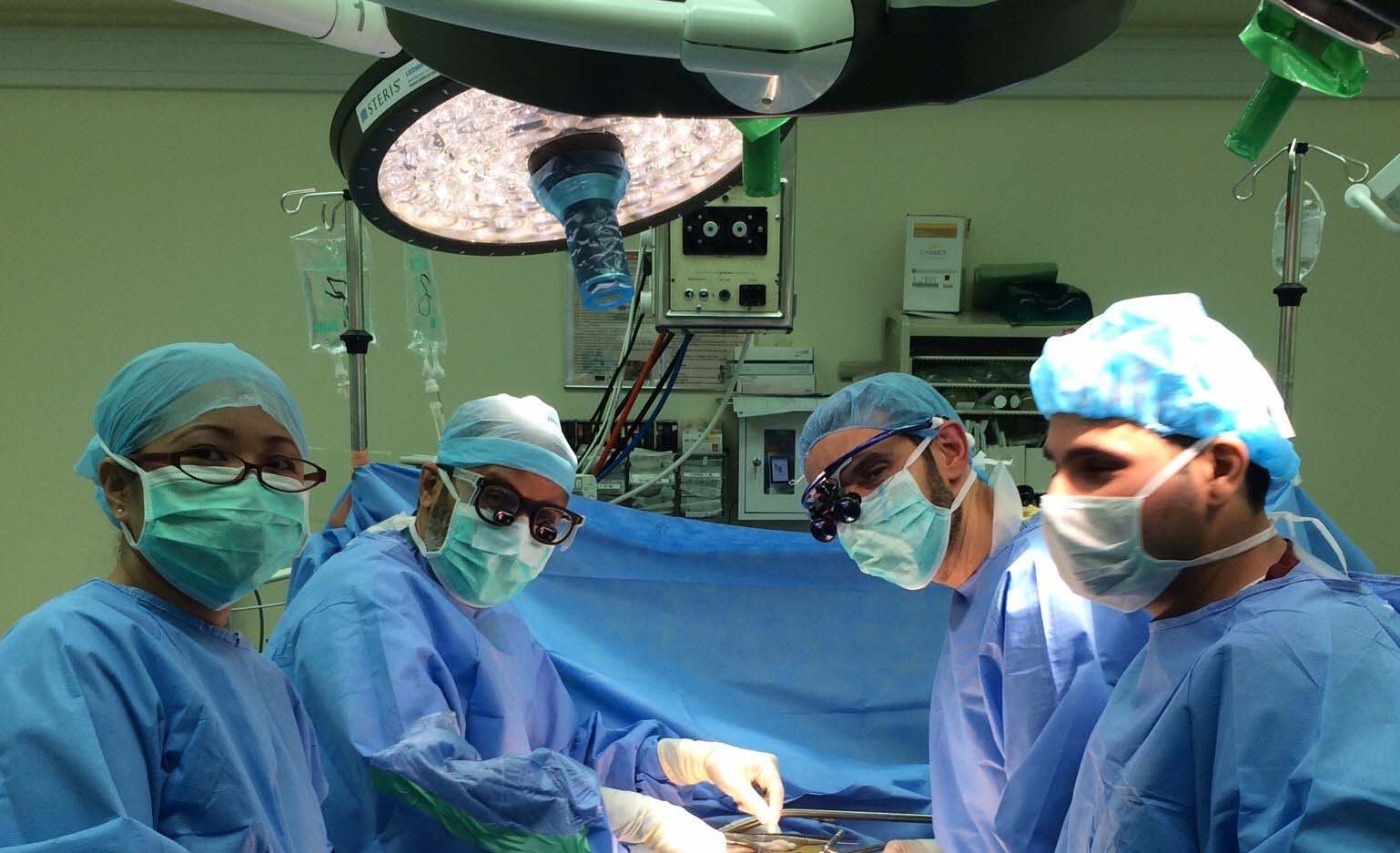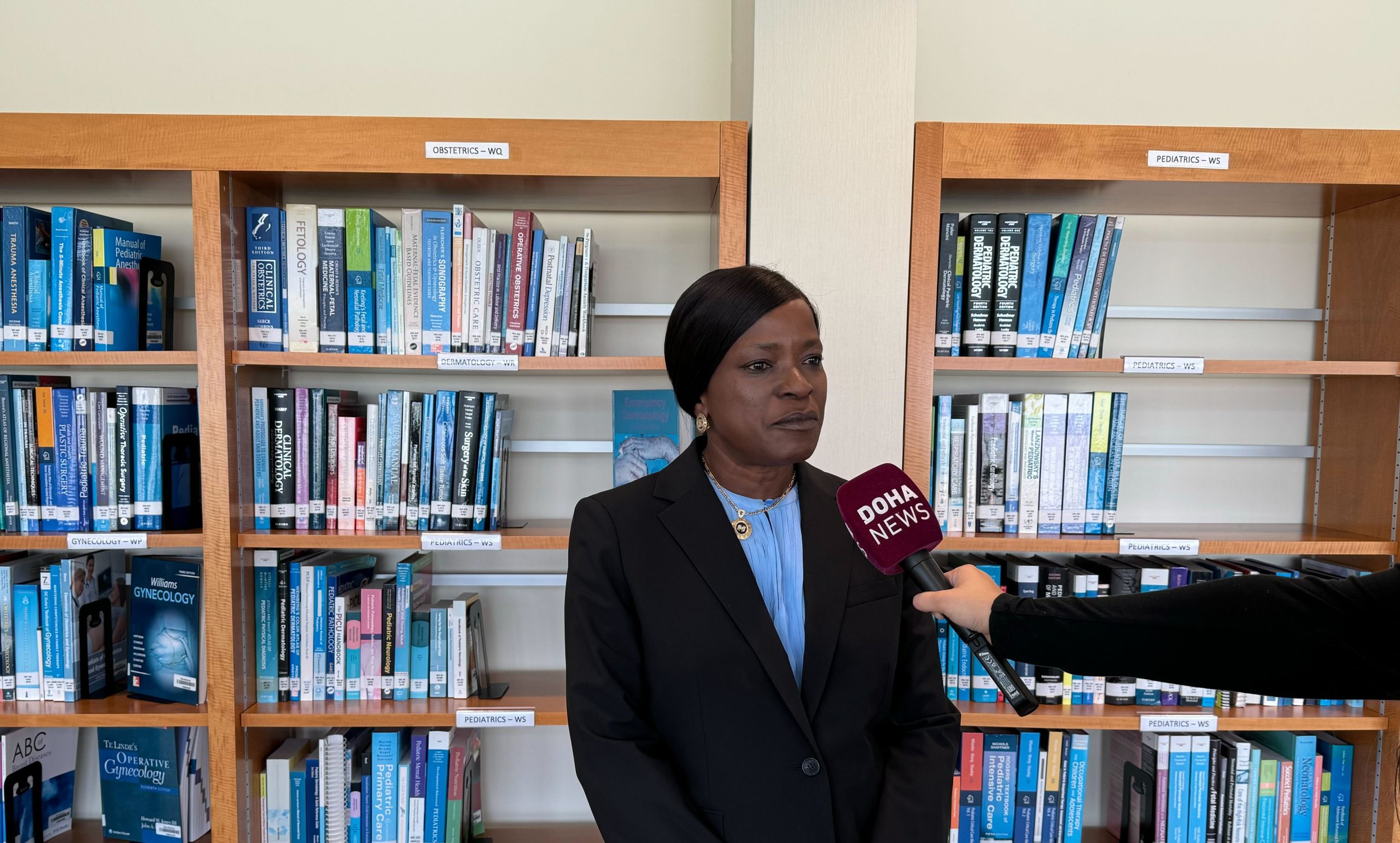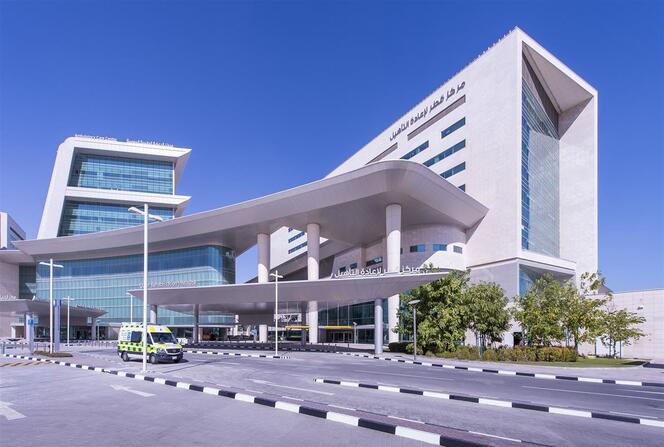
With reporting from Reem Saad
Giving birth can be a scary experience, especially in a foreign country. But it doesn’t have to be. More than 20,000 babies are born in Qatar each year, as part of a process that apparently leaves much to be desired.
In this first of a three-part series on giving birth in Qatar, Doha News spoke to mothers and medical professionals about what’s been going wrong in delivery rooms across the country.
When it comes to the medical care available to expectant mothers in Qatar, there exist “shocking inconsistencies,” according to several nurses, midwives and doulas who practice in the country.
From unnecessary medical interventions to a lack of support during delivery to “old-fashioned” birthing options, much work needs to be done to fix the system, they said.
According to doula Amy Gieson:
“There are so many horror stories we could tell you of how women have been mistreated in hospitals while going through one of the most important, and supposed to be joyous, times in their lives.”
However, not everyone agrees. Representatives from both public and private hospitals in Qatar told Doha News that their aim is to offer “the very best care” for all of their patients.
High C-section rate
At 13 per 100,000 live births, Qatar has an admirably low maternal mortality rate.
But one of the most troubling aspects of delivering in Qatar is its high rate of Cesarean births, several health professionals said.
The World Health Organization recommends about 10 to 15 percent of a country’s deliveries each year be C-sections, but Qatar’s rate is closer to 25 percent.

According to a few midwives, this is in part because doctors sometimes “browbeat” women into having repeat C-sections, instead of urging them to try to have a vaginal birth (VBAC).
Additionally, private hospitals often refuse to use forceps or a vacuum extractor during delivery, opting for C-sections instead, said Gieson, an American-Qatari dual national who has lived in Qatar for 23 years and works as a doula.
She also alleged that some C-sections are carried out without medical justification:
“Cesareans are often pushed on patients with no sound medical reason – just because it’s taking too long, or because the doctors are misreading the situation,” she said.
Popular private hospital Al Ahli did not respond to repeated requests for comment about these concerns.
Meanwhile, Doha Clinic said it only offers VBACs “in certain circumstances,” senior consultant Dr. Tareq Shaaban told Doha News.

He added that the hospital’s C-section rate was “around 25 percent.”
The lion’s share of babies born in Qatar continues to be at the nation’s public hospitals, but Hamad Medical Corp. (HMC) declined to disclose the average C-section rate at its facilities.
However, a spokesperson said HMC hopes to reduce the rate by “partnering with women throughout their pregnancy.”
In a statement, the provider added:
“A natural birth, before or after a cesarean section, will ultimately help reduce a woman’s recovery time in the hospital, while decreasing the risk of abdominal pain, infection after delivery, and injury to the internal organs such as the bladder. It will also make future births less at risk of complications.”
Lack of support
In addition to questions about medical care, cultural differences also come into play in the delivery room.
Several women who have given birth in Qatar said they were upset that their husbands were unable to be present with them during their deliveries.

German expat Susan Steinbinder had her first baby in a private hospital in the presence of her husband.
But she gave birth to her second child at HMC’s Al Wakrah hospital, which does not allow husbands into the delivery room. Speaking to Doha News, she said:
“I sincerely hope that this changes soon because they are of tremendous help for us ladies (at least the majority are).
Without my husband, the first birth would have been a lot more dramatic and traumatic, and though the second was nice I wish I’d had him with me.”
Currently, HMC’s Women’s Hospital and its hospitals in Al Wakrah and Al Khor do not allow husbands into the delivery room for natural births, although HMC’s Cuban Hospital in Dukhan does.

This is because the “physical layout” of HMC’s hospitals makes it difficult to balance this need with “Qatari customs and the culture,” a senior official previously told Doha News.
Additionally, while all HMC hospitals do allow female birthing partners to be present during labor, protocol requires that they leave the room when the baby is actually being delivered.
“This ensures our medical teams are able to easily tend to the mum and her baby and administer the very best care,” HMC said.
Meanwhile, all private hospitals in Qatar allow husbands to be present for natural births. But the same cannot be said for birthing assistants or doulas.
Some have even been banned from attending births at Qatar hospitals. According to Gieson, this is because they challenge medical professionals’ decisions:
“If you question them (doctors and nurses) or call them out on things as a concerned supporter or advocate for your client, they ban you from going in again.”
Complicating the matter is that birth partners are usually not allowed into operating theaters in the event of a C-section.

HMC declined to explain this policy.
But an HMC doctor who spoke to Doha News anonymously said that this is partly to help control the risk of infections, and also because medical staff are concerned that a woman’s husband may become upset:
“In the theater it is different because of infection control measures, and operating on her is emotionally difficult for the family,” she said.
Pain relief options
Another point of contention for some mothers has been the heavy restriction on painkillers in Qatar hospitals, even after major abdominal surgery.
For British expat Nicola Collins, this made recovering from her C-section at HMC’s Cuban Hospital in Dukhan very difficult:
“They didn’t offer pain relief after the surgery, and I had to keep asking them to give me some,” she said.
“They offered paracetamol only, and said they would give diclofenac (an anti-inflammatory) only if I really needed it; which I certainly did! They made me feel like I was asking for unnecessary pain relief, when in actual fact I was in agony.”
Midwife Tracey Tootell also said that she knew of women who had only been offered paracetamol (Panadol) after having C-sections in Qatar.
“I have had to advise women to ask relatives to bring oral medication that contains codeine over to Doha (to use after the operation),” she said.

The use and prescription of opiates in Qatar is heavily controlled, and it is illegal to bring opiate-based painkillers into the country without a prescription.
When asked about its pain relief policies, HMC said that it currently offers morphine and pethidine after C-section births, but is now in the process of changing this:
“In line with feedback from our patients and international practices, we are implementing a change in the practice of using morphine because of its sedative effects,” it said.
Meanwhile, Shabaan at Doha Clinic said that the hospital does not routinely offer opiates because they could affect the infant:
“Many pain relief drugs go into breast milk and can reach the baby and also can make the mother not able to breastfeed her baby,” he said.
Birthing options
Finally, many mothers in Qatar said they wish there were a wider choice of birthing options available here, including water births and home births.
In many countries, moms are now often encouraged to move around during labor and to give birth in whatever positions suits them best.
They are therefore disappointed to discover fewer options in Qatar.
For example, home births are illegal here.

Additionally, no hospitals in the country currently offer water births, although HMC and Doha Clinic both said that birthing pools were being considered in the future, based on demand and space available.
Meanwhile, when it comes to being allowed to move around during labor and delivery, women report mixed experiences in Qatar, depending on the doctor who is attending the birth.
New Zealand expat Emma Spiers has given birth to two babies in Qatar, both at Al Ahli hospital.

She told Doha News that she was only able to deliver in her position of choice because she was “super-assertive and not afraid to fight the system.”
“Most women accept it (giving birth on their backs) because they don’t understand the greater risk that is posed to both themselves and their babies by this outdated practice,” she said.
However, Shabaan said that his hospital allowed women to deliver “in lots of different positions.”
And HMC said the decision was “highly personal” and that it “worked with mothers” to create “a positive and healthy environment for the birth of their baby.”
Still, one HMC doctor told Doha News that in her experience, mothers delivering at Women’s Hospital must do so lying in their beds.
Have you given birth in Qatar? What were your experiences like?
The second story in our series about Giving Birth in Qatar – about provision for the care and support of new mothers after delivery – follows tomorrow.







